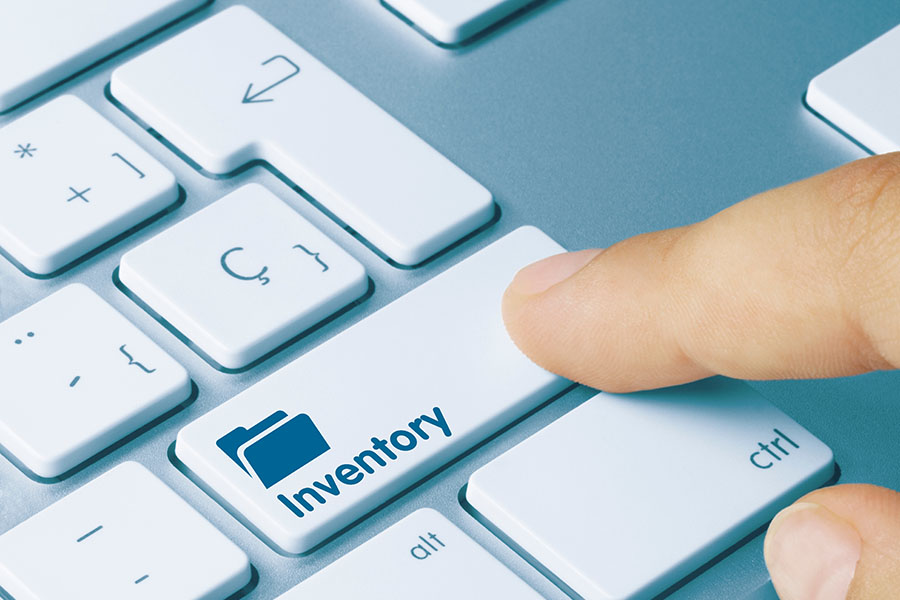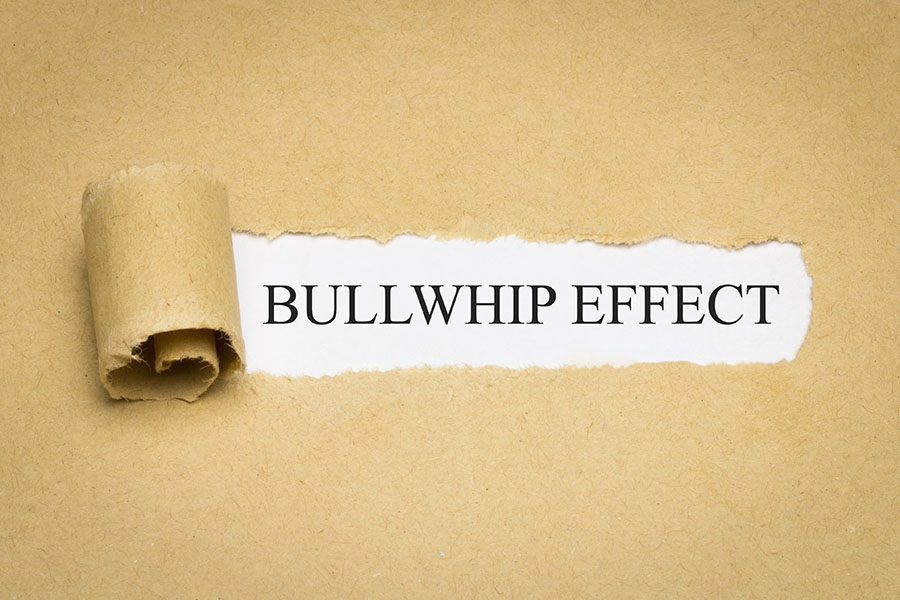
Inventory reserves are estimates for inventory losses due to physical deterioration, obsolescence, theft, and other unforeseen causes—they are not the actual cost of inventory deemed worthless. Businesses using either the last in, first out (LIFO) method or retail inventory method and complying with the US GAAP should make appropriate inventory reserves.
The inventory reserve account is a contra asset account used to adjust the cost of inventory in the balance sheet to its market value or actual cost. So, when recording an inventory reserve, you debit the expense via the cost of goods sold (COGS) and credit the inventory reserve account that will be presented in the balance sheet.
Key Takeaways
- When using LIFO or retail inventory, businesses must establish inventory reserves for possible overstatements of inventory on the balance sheet.
- You can use the direct method for writing down inventory or the allowance method for inventory reserves.
- Under the direct method, write-offs occur when inventory has been deemed worthless.
- Under the allowance method, we only estimate how much inventory will be deemed worthless.
- Other terms used to refer to inventory reserves are as follows: allowance for inventory write-down, allowance for inventory obsolescence, or allowance to reduce inventory to market.
Who Uses Inventory Reserves
Inventory reserves are required if you:
- Use the LIFO or retail inventory method; and
- Are required to follow the US GAAP strictly for financial reporting purposes
If you meet both requirements, you should make adjustments for inventory reserves in the income statement and balance sheet (more on that in the succeeding sections). Otherwise, inventory reserves are optional.
Purposes of Inventory Reserves
There are two reasons why inventory reserves are important in financial reporting. Even small businesses can benefit from inventory reserves when there are sudden declines in inventory values. Let’s go over each reason below.
1. It Adjusts Inventory Values
In financial reporting, accountants follow the conservative approach. Conservatism dictates that assets should not be so overvalued that it would alter the interpretation of decision-makers. Inventory reserves adjust inventory values to make them more attuned to current market conditions and prices.
For instance, inventory with a cost of $20 today may have a lower cost in the future due to internal and external factors.
- Examples of internal factors would be spoilage or breakage wherein the inventory is not at its optimal condition.
- External factors such as economic conditions and an ever-changing business landscape can affect the value of inventory.
- For example, older smartphone models decrease in value due to the release of newer ones, rendering old units outdated as time goes by.
2. It Provides a Cushion for Sudden Inventory Write-downs
When there is a decrease in inventory value, the loss arising from the adjustment is recorded in the income statement. This loss reduces the company’s bottom line and can create a fluctuation in net income. Through inventory reserves, businesses can estimate future inventory write-downs and record them evenly throughout the year without causing significant fluctuations.
When the company determines that some inventory indeed needs to be written off the books, the accountant will simply deduct the write-off from the inventory reserve without affecting the current period’s net income. In other words, inventory reserves serve as a cushion for these sudden write-downs.
Inventory reserves are merely estimates for inventory losses, not actual values of worthless inventory. The normal balance of an inventory reserve account is credited because it is a contra asset account, which means that it reduces total assets in the balance sheet. The inventory reserve account is also permanent because it rolls over from one accounting period to another.
Estimating Reserves
There are three ways to estimate reserves—you can either estimate them as a percentage of sales or a percentage of gross inventory. The other method is the aging method, but in our expert opinion, that is too tedious, especially if you track different categories and types of inventory.
- Percentage of Sales: Multiply the percentage by total sales (based on past data) to get the inventory reserve. For example, assume that historical sales amounted to $200,000. If we estimate inventory reserves at 3%, then the amount of inventory reserve adjustment is $6,000.
- Percentage of Gross Inventory: Multiply the percentage by gross inventory—the inventory balance before any valuation adjustment—to get the inventory reserve. Let’s say that inventory is valued at $100,000 before any valuation adjustments. If we estimate inventory reserves at 3%, then the amount of inventory reserve adjustment is $3,000.
Inventory Reserves Journal Entries & Example
We’ll show you the journal entries for making inventory reserve adjustments between the direct and allowance methods. All inventory reserve adjustments go to cost of goods sold. The only difference would be how write-offs are accounted for when using the direct or allowance methods.
Under the direct method, we record the write-off when inventory has been deemed worthless. The write-off may come after the business physically inspects the goods and discovers that some inventory units are broken, spoiled, damaged, or not in a good saleable condition.
To illustrate, let’s assume that inventory worth $2,000 became obsolete because it has been in the store for more than two years. The entry looks like this:
Under the allowance method, we record and estimate inventory reserves based on experience. You need to make a best estimate of the cost of inventory that can’t be sold.
1. Adjusting Entry for Inventory Reserves
Let’s assume that, based on our calculations, the beginning balance of the inventory reserve should be $3,900. At the end of the year, the latest inventory reserve estimate is only $5,000.
Hence, the adjustment would be to increase the inventory reserve account by $1,100. The entry for the adjustment is:
After the adjusting entry, the inventory reserves account should show a balance of $5,000.
2. Adjusting Entry for Actual Write-offs
Let’s say that during our first quarter audit of inventory in the following year, we found that $3,500 of inventory had been damaged or spoiled. Instead of recording COGS, we remove the inventory from the inventory reserve.
The journal entry to write off these inventories is:
The actual write-off didn’t affect net income because we already have an allowance for inventory breakage and spoilage.
3. Adjusting Entry When Inventory Reserve Isn’t Enough to Cover Actual Write-offs
- For illustration purposes, let’s assume that our inventory audit revealed $7,500 of damages, which exceed the $5,000 we established in the inventory reserve account at the end of the preceding year.
The journal entry to write off these inventories is:
Inventory Reserve vs Inventory Write-off
Inventory reserve accounting is merely an estimate of inventory that will not be sold due to physical deterioration, obsolescence, damage, or theft. We need to record an adjustment for inventory reserves to be consistent with the matching principle, i.e., costs and revenue of the current period must match.
An inventory write-off, on the other hand, is inventory that has been deemed worthless based on the actual findings. When you conduct inventory counts, you may spot damaged inventory. This inventory must be taken off the shelves and recorded as a loss.
Inventory Reserve vs LIFO Reserve
While both terms have the word “reserve,” they are not the same thing. A LIFO reserve is the difference between FIFO and LIFO inventory costs. When a company uses LIFO for IRS and GAAP while using FIFO for internal reports Internal reports are for management’s use only. They are not published to stockholders or regulatory bodies, like the SEC or IRS. In most cases, internal reports are confidential. , appropriate adjustments must be made to reduce LIFO inventory to FIFO values. The account used for this adjustment is the “Allowance to Reduce Inventory to LIFO” account.
US GAAP Guidance
The US GAAP specifies that deviating from the cost method of inventory measurement is allowed when there is evidence of a decline in value. If you’re using LIFO or the retail inventory method, the standards require the use of the lower-of-cost-or-market (LCM) method, wherein the valuation of inventory is the lower of its recorded cost or replacement cost.
Otherwise, if you’re using FIFO or any method other than LIFO or retail, the standards require the use of the lower-of-cost-or-net-realizable-value (LCNRV) method. The net realizable value (NRV) is the selling price less the cost to sell.
Frequently Asked Questions (FAQs)
You can calculate it either as a percentage of sales or a percentage of ending inventory. You can also calculate it through the aging method.
Inventory reserve is an estimate of inventory that will not be sold, while reserve stock is inventory set and held back to meet future demands.
Bottom Line
Understanding what inventory reserve is and how it’s applied in accounting is necessary if you’re strictly adhering to the US GAAP. However, small businesses can still use inventory reserves to anticipate sudden write-offs and reduce their impact on current period income.





